Olive Oil 101: The complete guide to olive oil with everything you need to know including varieties, cooking methods, history, recipes, and more!
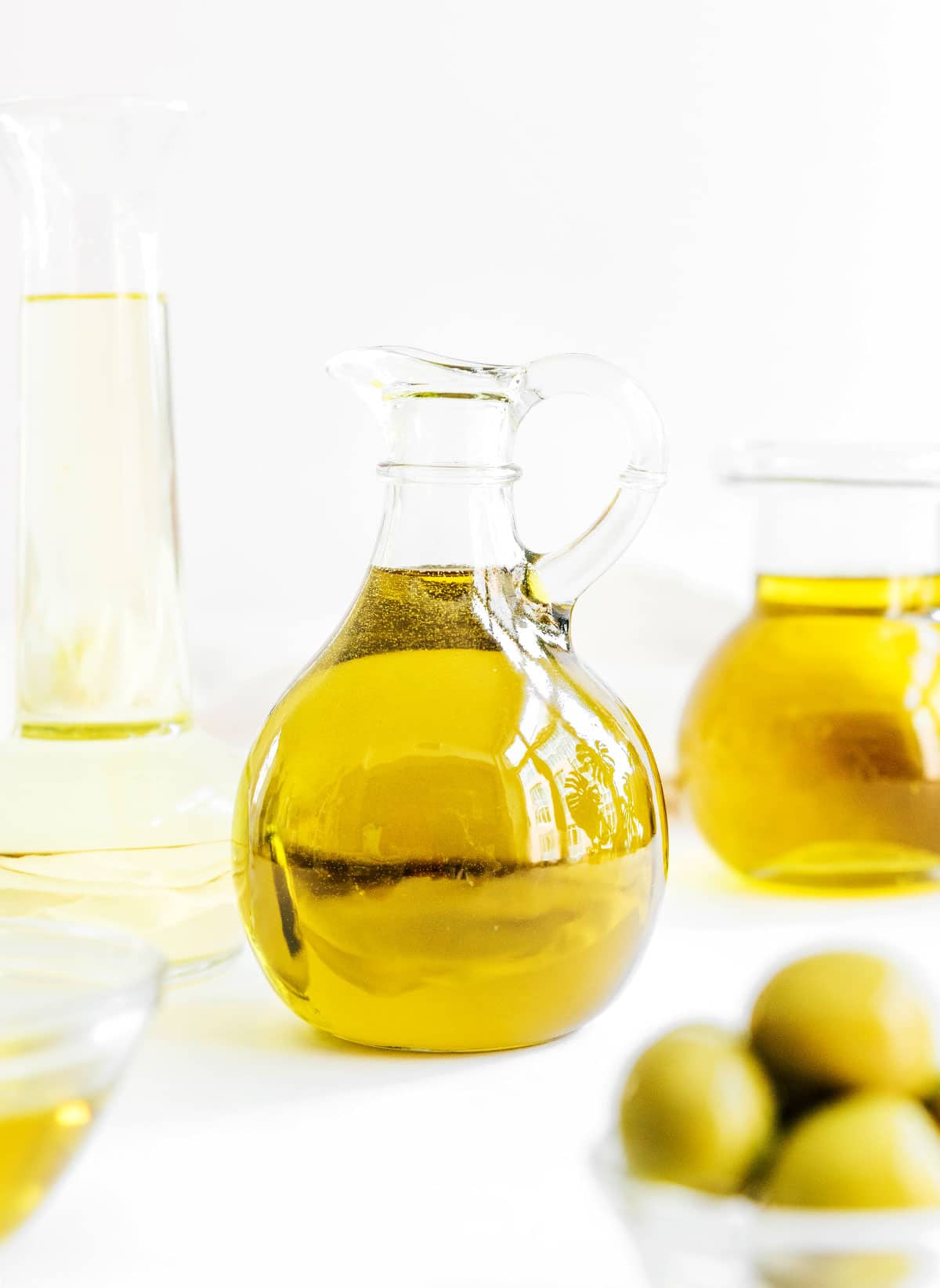
You have your vegetable oil, your coconut oil, your canola oil, and your avocado oil. But there is one tried and true oil that stands above the rest in terms of nutrition content, smoke point, and even flavor. You guessed it — olive oil!
Great for nearly all types of cooking, this oil boasts a subtle flavor as well as a nutritious healthy fat and vitamin content. And though most of us use it at least weekly if not daily, I’d bet a bottle or two that you’ve never learned about all of the #funolivefacts that this type of oil offers! Like… did you know there are over 15 types? Yeah, me neither.
So this week, our focus ingredient is none other than olive oil. Let’s get into it!
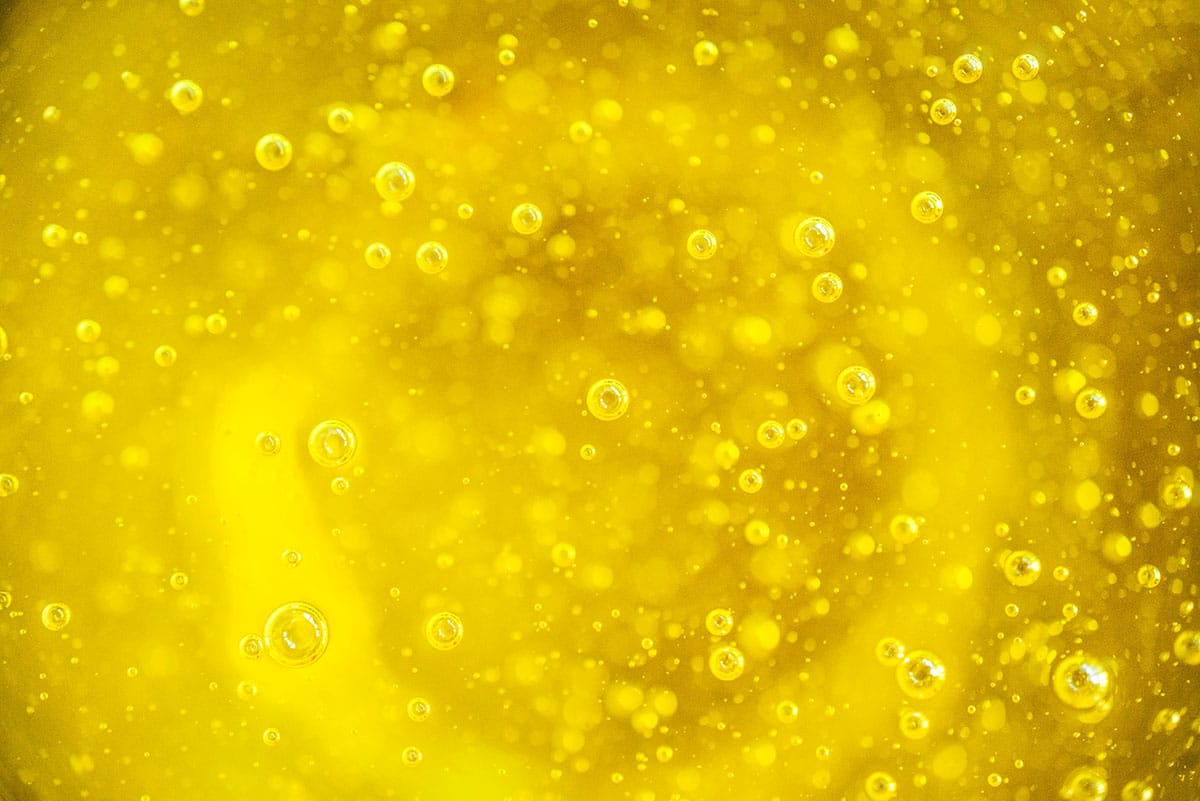
Varieties of olive oil
To make olive oil, olives are pressed and ground down until the oil can be extracted. And as it turns out, different pressing and extracting methods can create different types of olive oil.
Olive oil itself is a broad term, as there are over 15 different variations! Who knew?! We’ll focus on 7 of the most popular.
Extra virgin olive oil: The most popular, extra virgin olive oil is the “pure” form of the oil, as it is made without heat. For it to be considered extra virgin, the oil must not be changed or added to — only washed or filtered. This type has the lowest acidity (usually 1% or lower).
Virgin olive oil: Virgin olive oil is very similar to extra virgin, but it falls slightly higher in acidity (around 2%).
Ordinary virgin olive oil: Finally, of the virgin olive oils, “ordinary” has the highest acidity (though usually around only 3%).
High phenolic olive oil: This type of oil refers to the olives’ ripeness at harvest. It is made when the olives aren’t fully ripe which makes the oil variation rich in phenolic acid, a healthy acid filled with antioxidants.
Pure olive oil: Also referred to as refined olive oil, this type comes from taking high acid olive oil and refining it to lower the acidity. The process uses filtering, chemicals, etc.
Organic olive oil: Organic olive oil is labeled as such when it is farmed and harvested organically (i.e. without chemicals, pesticides, etc.).
Unfiltered olive oil: During processing, olive oil is filtered to remove the olive flesh and other particles from the oil. Unfiltered olive oil is just that — unfiltered. You will often see little pieces of olive in this type. Due to that fact, it doesn’t last as long and must be used up in a few months.
A quick olive oil history lesson
So we know olive oil comes from the olive fruit (yep, they’re fruit!). But where does it come from originally? Well, the Mediterranean regions can take the credit for this one.
Olive oil is a staple in traditional Mediterranean cuisine and is a key ingredient in the Mediterranean diet. It is thought to have been used as long ago as 6,000 BC! And way back then, it was used for even more than a tasty salad dressing. You could find it used in soap, medicine, as fuel for lamps, and even on the skin.
Many of those uses have stood the test of time. Even today, you can find olive oil soap as well as beauty recommendations that promote using the oil for hair, skin, and even massages.
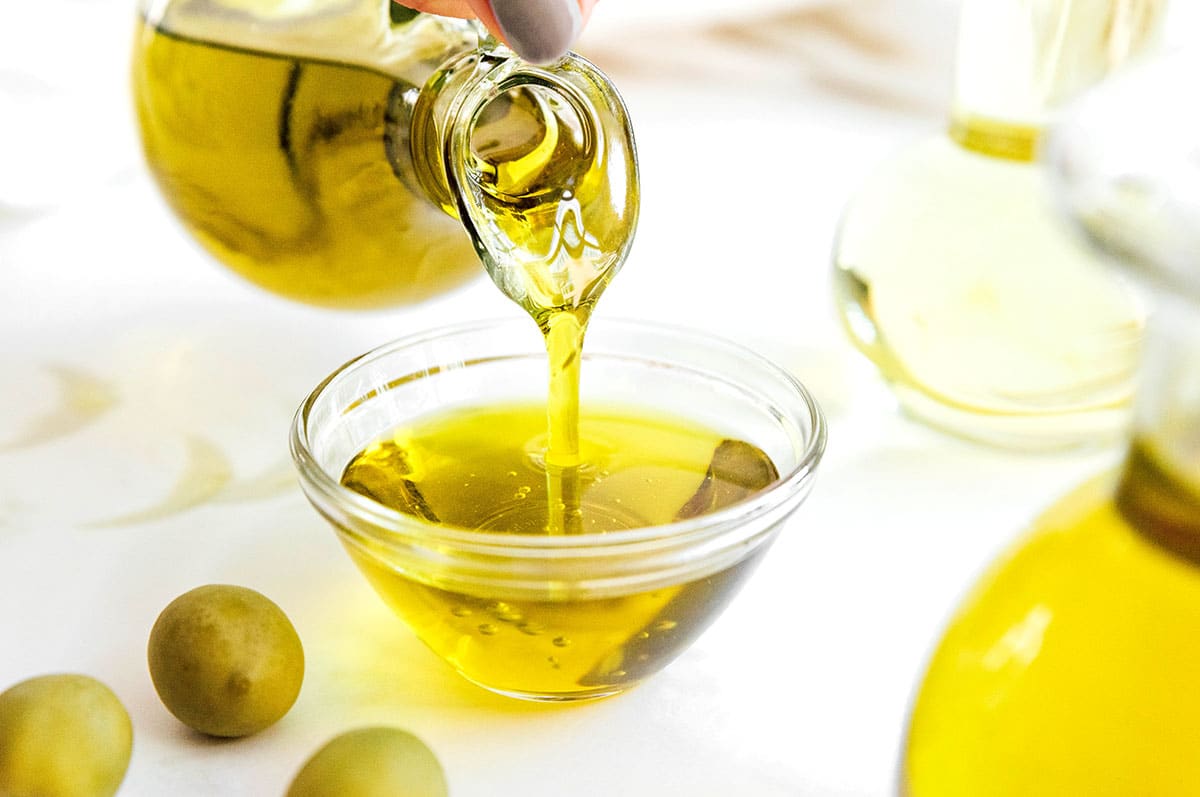
Characteristics of Olive Oil
Health
Olive oil is seen as the premier oil of choice for many reasons, though the health benefits are a big one! Where vegetable and canola oil, for example, are very processed and high in saturated fats, olive oil’s nutritional makeup features beneficial, healthy fats and acids. However, it is important to note that different variations of olive oil have different health benefits. For the most nutrients, stick with extra virgin or virgin.
Smoke Point
Olive oil’s smoke point sits around 400°F (204°C). This allows it to be used for many different cooking methods and recipes because many recipes don’t reach that heat when cooked on the stove (like sautéing veggies).
Origin
While most cooking oils are derived from different seeds, olive oil actually comes from the fruit itself! This allows it to contain a richer nutrition content.
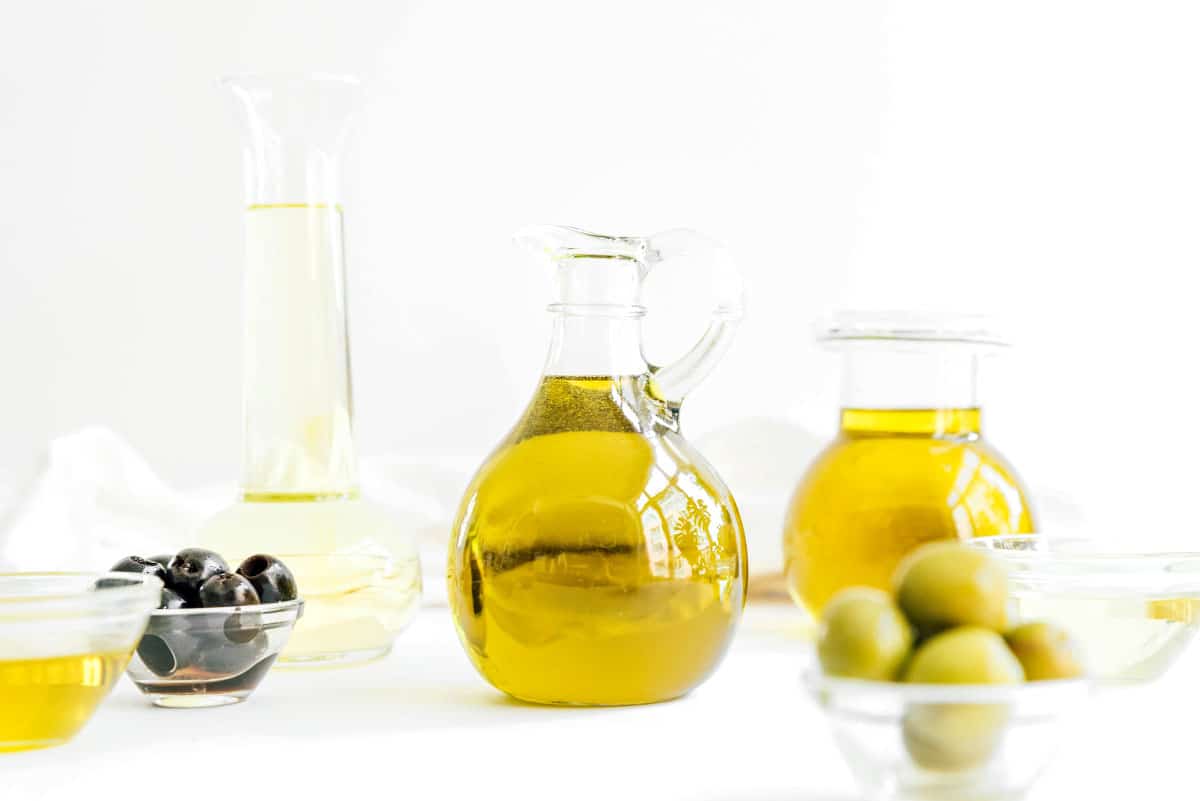
Recipes that use olive oil
Thanks to olive oil’s versatility you’ll find it in thousands and thousands of recipes both cooked and “raw.” You can use it to fry, air fry, sauté, and bake (though I wouldn’t recommend it in heavy-oil baked goods). You can even enjoy it “raw,” i.e. as a salad dressing! Here are some Live Eat Learn recipes that feature olive oil.
- Restaurant-Style Olive Oil Bread Dip, which let’s alllll the delicious flavors of the olive oil shine through.
- Infused Olive Oil (5 Ways!), i.e. the best gift you can give someone.
- Roasted Brussels Sprout Salad, an example of how delicious olive oil can be when used in roasting.
- Mediterranean Baked Feta, a flavor bomb of Mediterranean ingredients.
- Basil Oil, a delicious fusion of fresh basil leaves and good quality olive oil.
- Oil & Vinegar Dressing, a basic formula for a delicious vinaigrette!
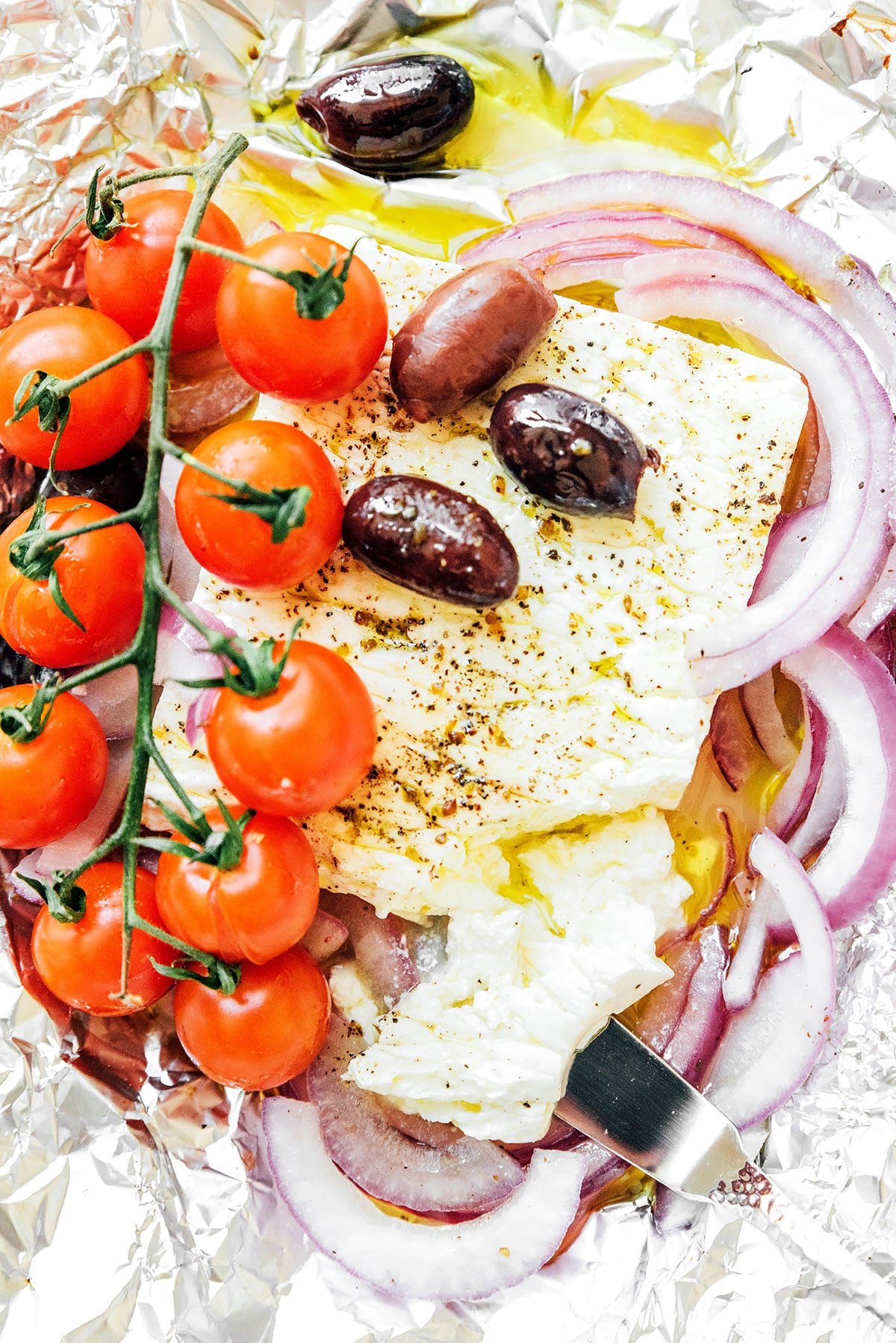
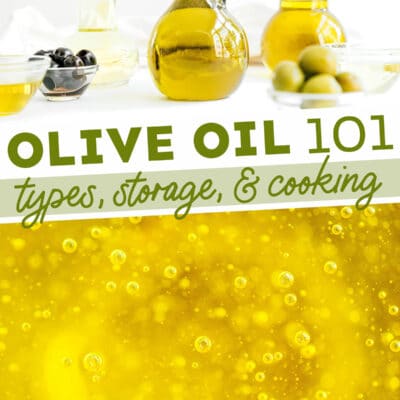
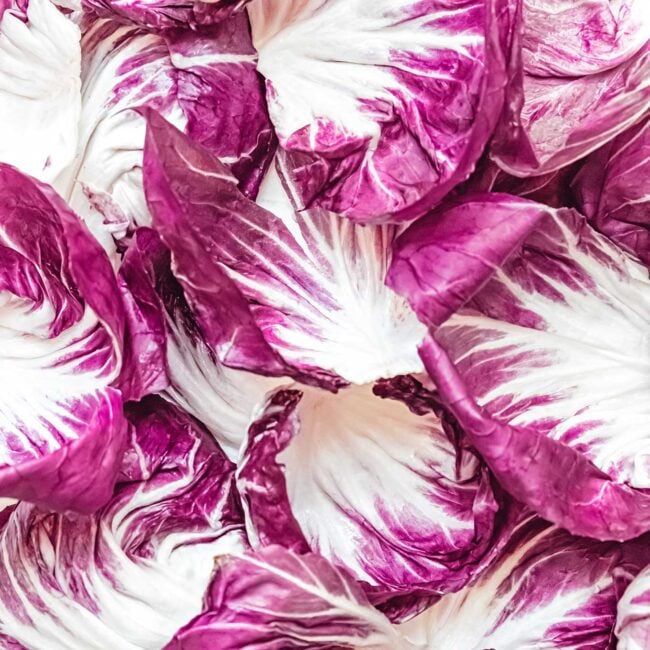

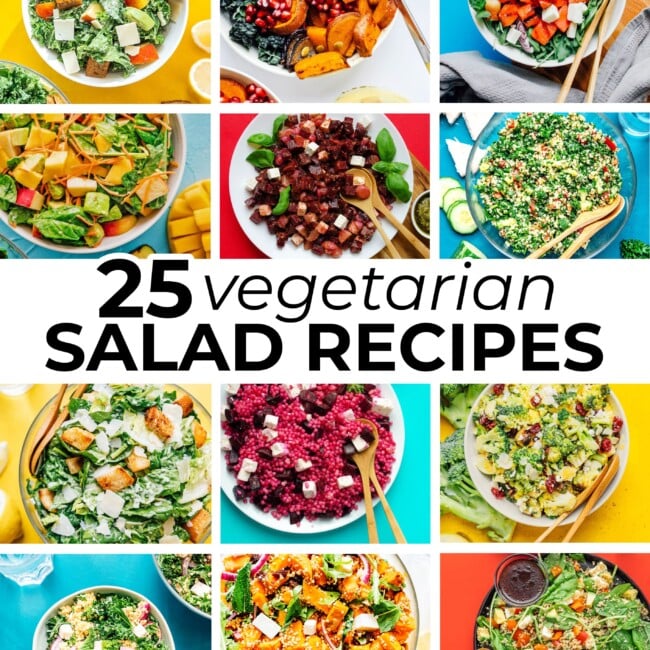
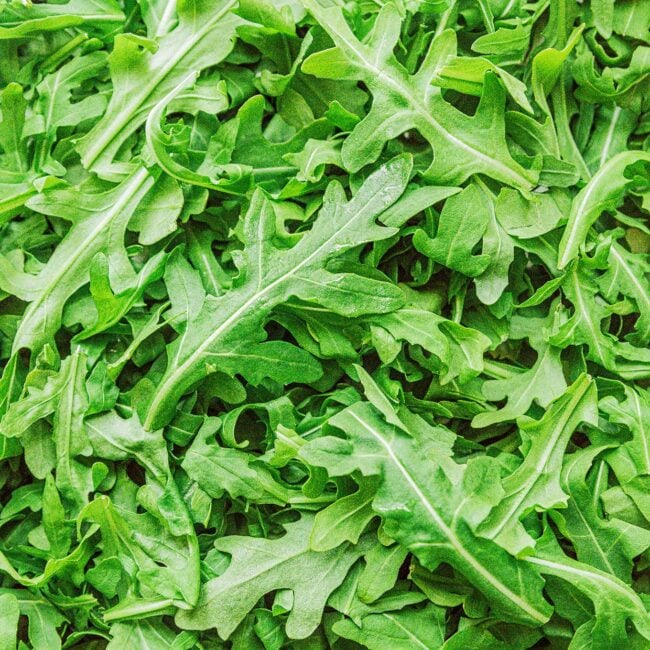
MERT says
Absolutely love all your recipes and tips on eveything from Kombucha to oils and vegetables. Thank You!!
Sarah Bond says
So happy to hear it! 😀
Mary says
Is there a safe way to make infused oil that lasts more than a week or two in the frig? Some recipes don’t say how long they can be kept and I’d like to gift some. Thanks.
Sarah Bond says
It all just depends on the ingredients! Dried herbs will last much much longer than if you’re infusing it with fresh lemon or garlic. Here’s our guide to infused oil!